Trade Patterns: Summary of 'Explaining Trade Flows' Article Analysis
VerifiedAdded on 2023/06/11
|6
|1069
|360
Summary
AI Summary
This paper summarizes Gourdon's (2009) article, "Explaining Trade Flows: Traditional and New Determinants of Trade Patterns," which investigates whether the forecasts of the factor abundance theory are reflected in empirical findings. The study assesses if novel determinants, when integrated into the traditional Heckscher-Ohlin-Vanek theorem, improve the estimation of trade patterns in commodities. The findings suggest that while traditional factors significantly influence trade structure, new factors are essential for determining comparative advantage. The paper explores the neo-classical model of international trade, highlighting the Heckscher-Ohlin model's emphasis on relative variations in factor endowments. It acknowledges experiential studies indicating a weak relationship between factor endowments and trade flows, and discusses enhancements to the factor content version of the theory. The empirical section details the selection model, construction and measure for commodities’ clusters, construction and measure for factor endowments, and the development and measure of new determinants of trade like TFP and trade intensity variables. The research enhances the prediction of trade patterns, assessing the reliability of export/import forecasts and contrasting the relevance of new determinants relative to conventional factors across different periods. The study concludes that adding new determinants, particularly ICT and infrastructure, significantly influences a nation's comparative advantage, while traditional factors remain critical in determining the probability of a nation being a net exporter. The analysis utilizes a more comprehensive cluster classification, revealing that traditional factors are still significant in shaping the structure of trade among countries.
1 out of 6
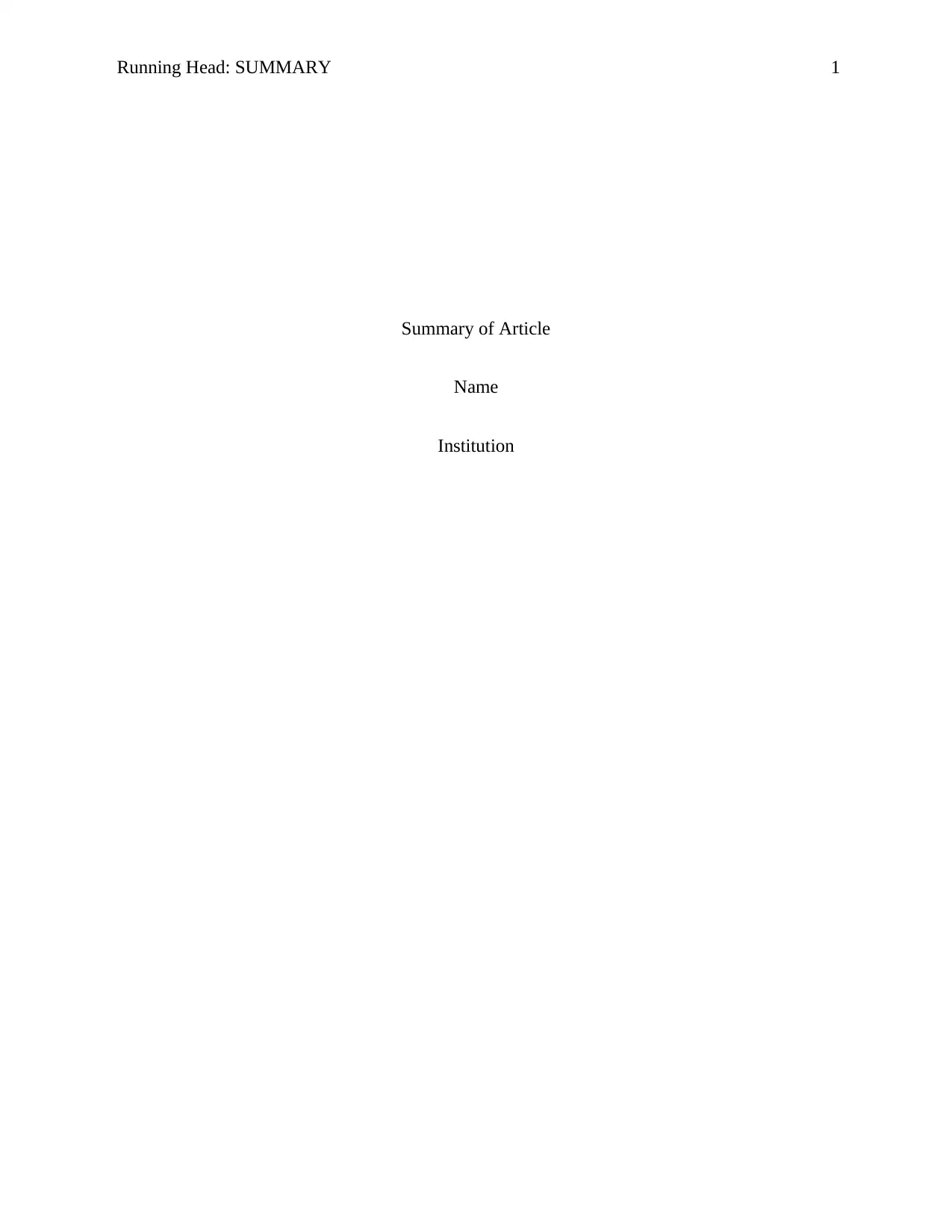
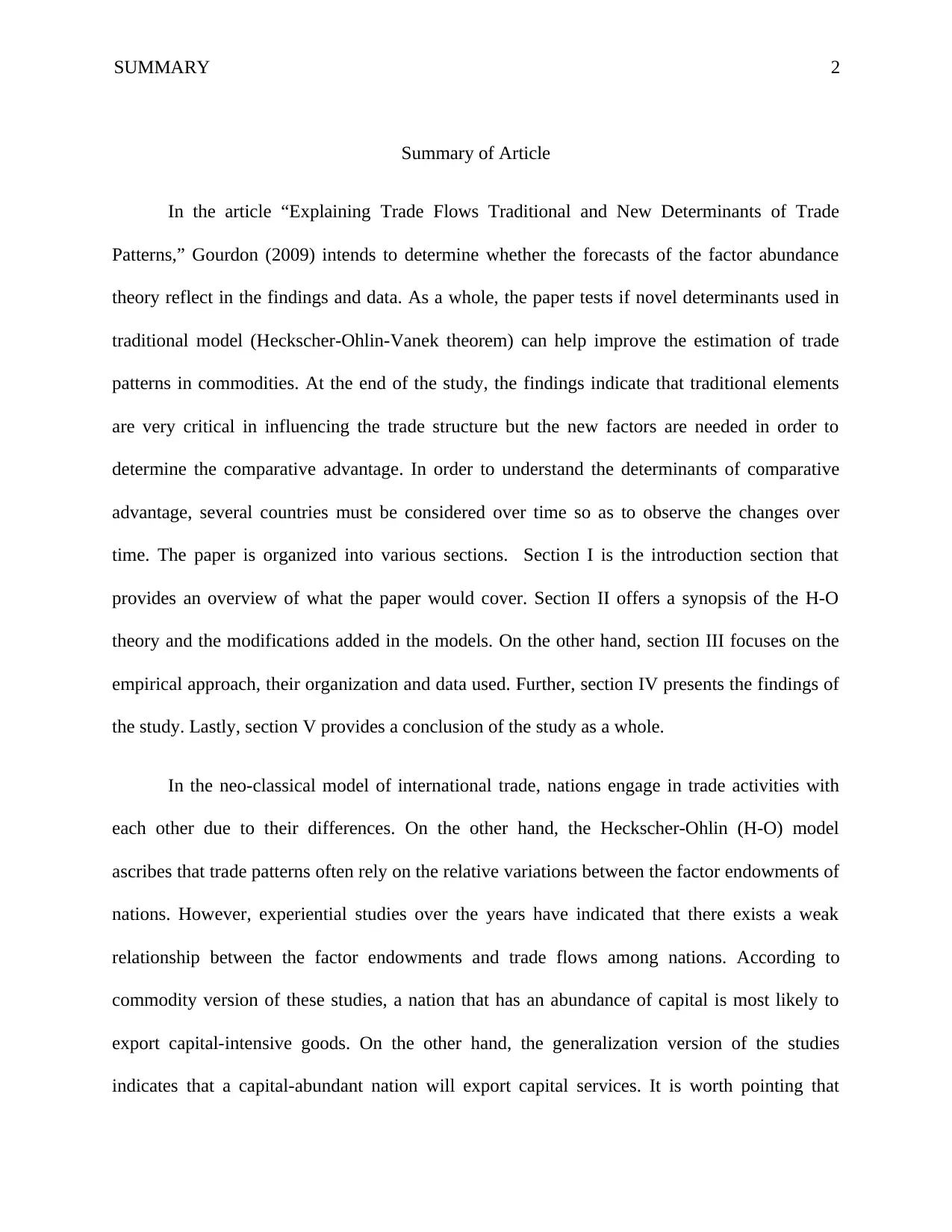
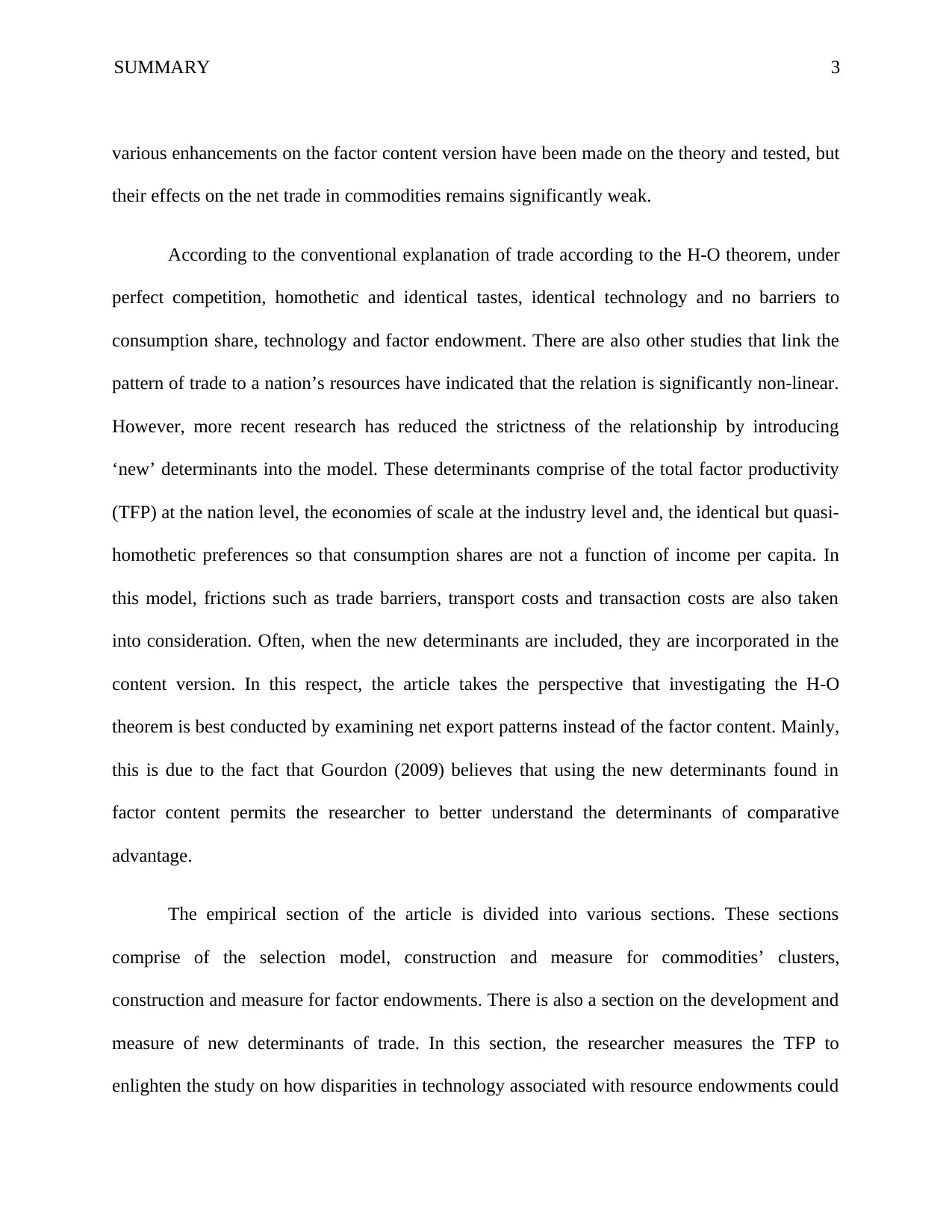

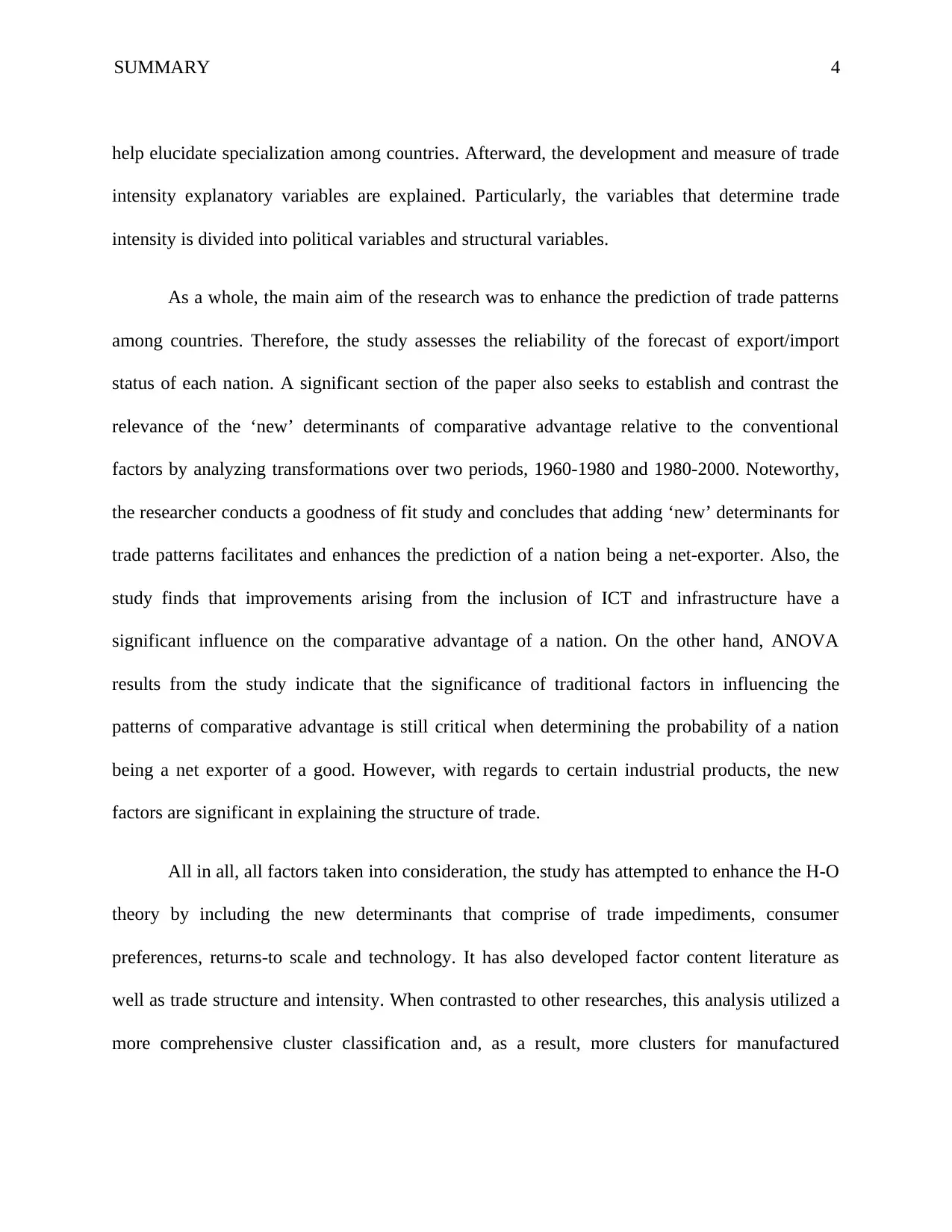

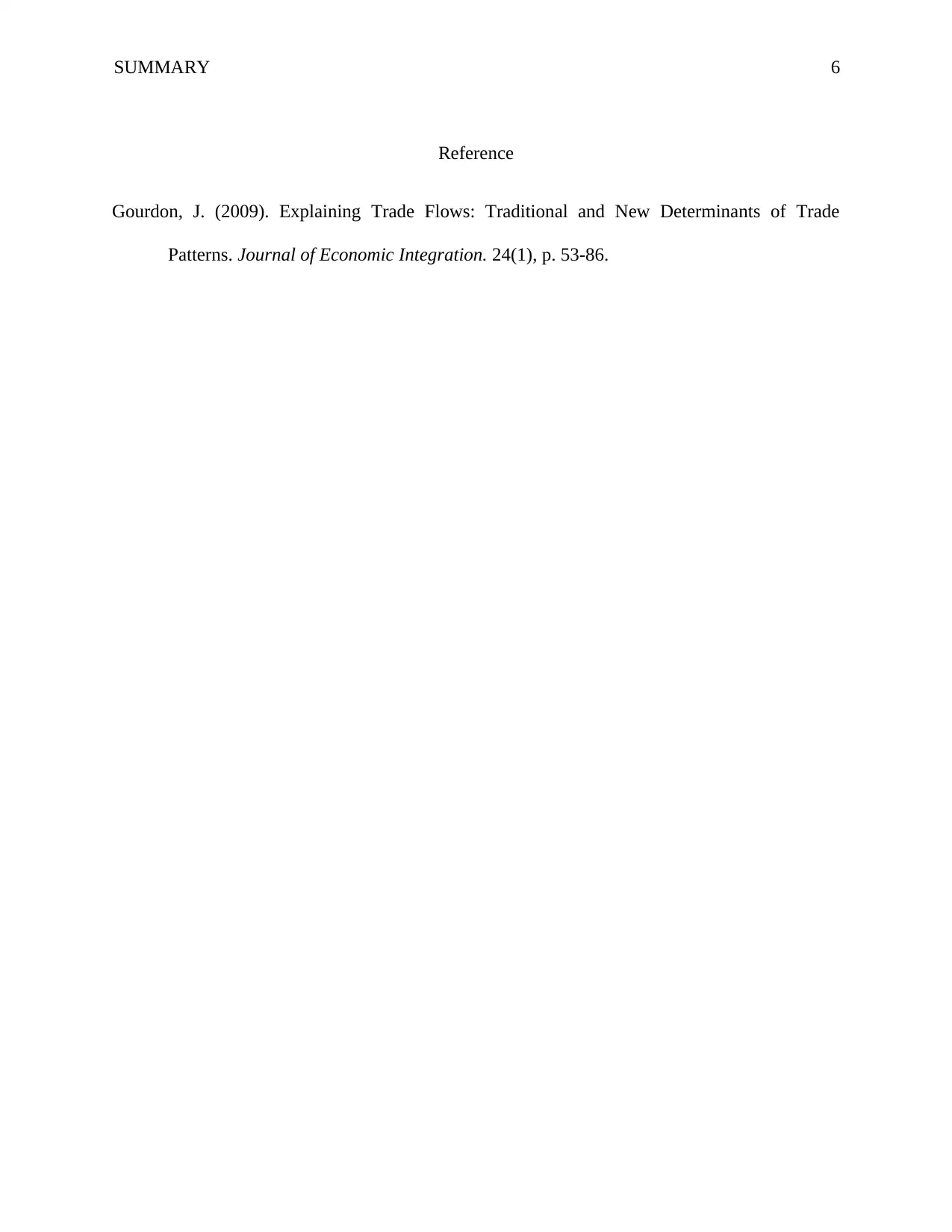





![[object Object]](/_next/static/media/star-bottom.7253800d.svg)